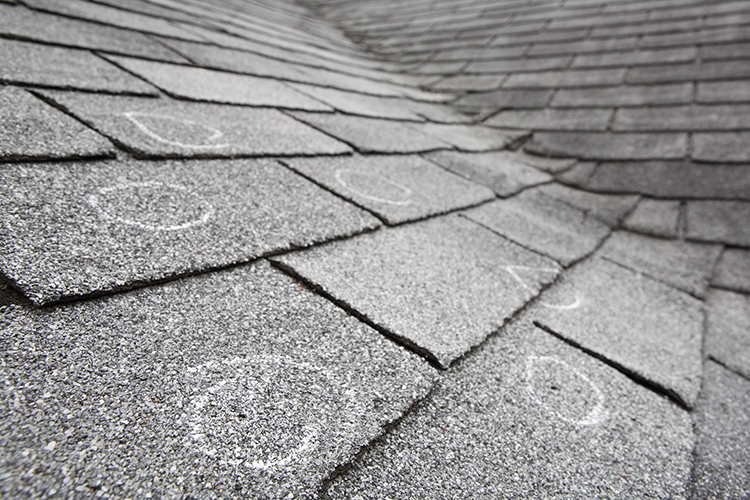We have all been there. The sky is beautiful and blue, and then suddenly it turns dark and ominous. Sirens start blaring and before you know it, there are high winds, rain is pouring down, and you hear…clink, clink, clink.
Once things blow over, you step outside to assess the storm damage, check for down branches, looking for wind damage, and determining the size of the hail that pelted down on your home. Then you wonder: Do I need to file an insurance claim?
If you ever wonder, the answer is yes. When in doubt, get an adjuster out.
But how soon do you need to call your insurance company after you experience roof damage? Keep reading to find out and for other tips that will come in handy after a hail storm hits.
What is the timeframe for submitting a claim?
This depends on your insurance. Some give you as little as 30 days after damage occurs to file a claim, while others may offer up to two years. More typical is one year from when the storm hit and produced hail. To find out, simply take a look at your insurance paperwork. Rule of thumb: The sooner you submit a claim, the better.
What if I wait too long?
If you wait too long to submit your claim to your insurance, they may deny your claim. The longer you wait, the harder it gets to prove that the damage was caused by a particular event. If your claim is denied, you will have to pay for repairs out of your pocket, which can be very expensive.
How do I file my claim and start the roofing process?
First, call your insurance company using their 1-800 number or, if they have an app, download it and film your damage. Don’t contact your insurance agent. Agents can sometimes slow down the process, saying you should get an estimate from a roofing company before filing a claim, but your agent doesn’t have anything to do with the claims process. It’s in their best interest if your claim goes away. The more claims they have out there, the more detrimental it is for their agency.
Once you file your claim, the insurance company will assign you an adjuster and they will look at your roof. They will do an exact estimate onsite. They will then print out everything that’s wrong with your roof and cut you a check all in that one visit. You never end up talking to the agent in that scenario.
Next, call Hopkins Roofing for a free no-obligation inspection and estimate. You will also want to show us your insurance estimate. We can speak their language and know if you’re getting a good or bad deal from your insurance. If our roofing estimate is higher than the adjuster’s estimate, we will go back to your insurance with the higher estimate.
Finally, you can sign up with Hopkins and get on our schedule. Because if a storm hit your area, it is likely many others have been impacted as well and need services.
Wondering how long it will take to replace your roof?
What does a roof consultant look for when assessing damage?
Roofing companies will check for loose shingles, damaged shingles, dark spots, and wet growth on your roof. If we find any of those issues, we will circle the areas with chalk. That way, when an adjuster comes out, they won’t have to look for the damage again and they won’t miss any of the problem spots. Hopkins will also take pictures of the damage for your records and ours.
If my insurance claim is approved, what items will be covered?
The adjuster will send you a claim sheet and line items of replacement items and things that will be covered along with the price. Your roofing contractor can help you understand the claim and make sure everything that needs to be covered will be. As long as the contractor’s price matches the adjuster’s, you don’t need to get another quote.
Hopkins Roofing looks for things the adjuster may not find that would increase the estimate, such as:
- Steep pitch
- Roof complexity—ridges, valleys, dormers
- Multiple stories
- Difficult access
- Specialty shingles
- Multiple layers
What can I do if hail damage leads to water in my home?
Natural disasters can come out of nowhere, and sometimes a hail storm is so intense that the result is water damage inside your home. The bad news is that there is nothing you can do to prevent the liquid water from getting in besides setting up good ole pots and pans below the leaks or laying a tarp over the damaged spots on your roof. Then, call your insurance company right away to get an adjuster out ASAP.
What should I do if a tree branch falls on my roof during a storm?
High winds can cause limbs to fall to the ground and branches to drop on your roof. Contact a roof inspector to assess the damage. Hopkins Roofing can perform a roof inspection for free and at no obligation.
Typically, we see a lot of limbs poke through plywood, which is something a roofer can take care of when you get your roof repaired. If there is structural damage and problems with trusses, a temporary fix may need to be made while a solution to the larger structural issue is created.
Be ready when a storm hits
Next time a storm rolls through, rest easy knowing you have a plan. Call the experts at Hopkins Roofing to receive your free inspection and estimate.



